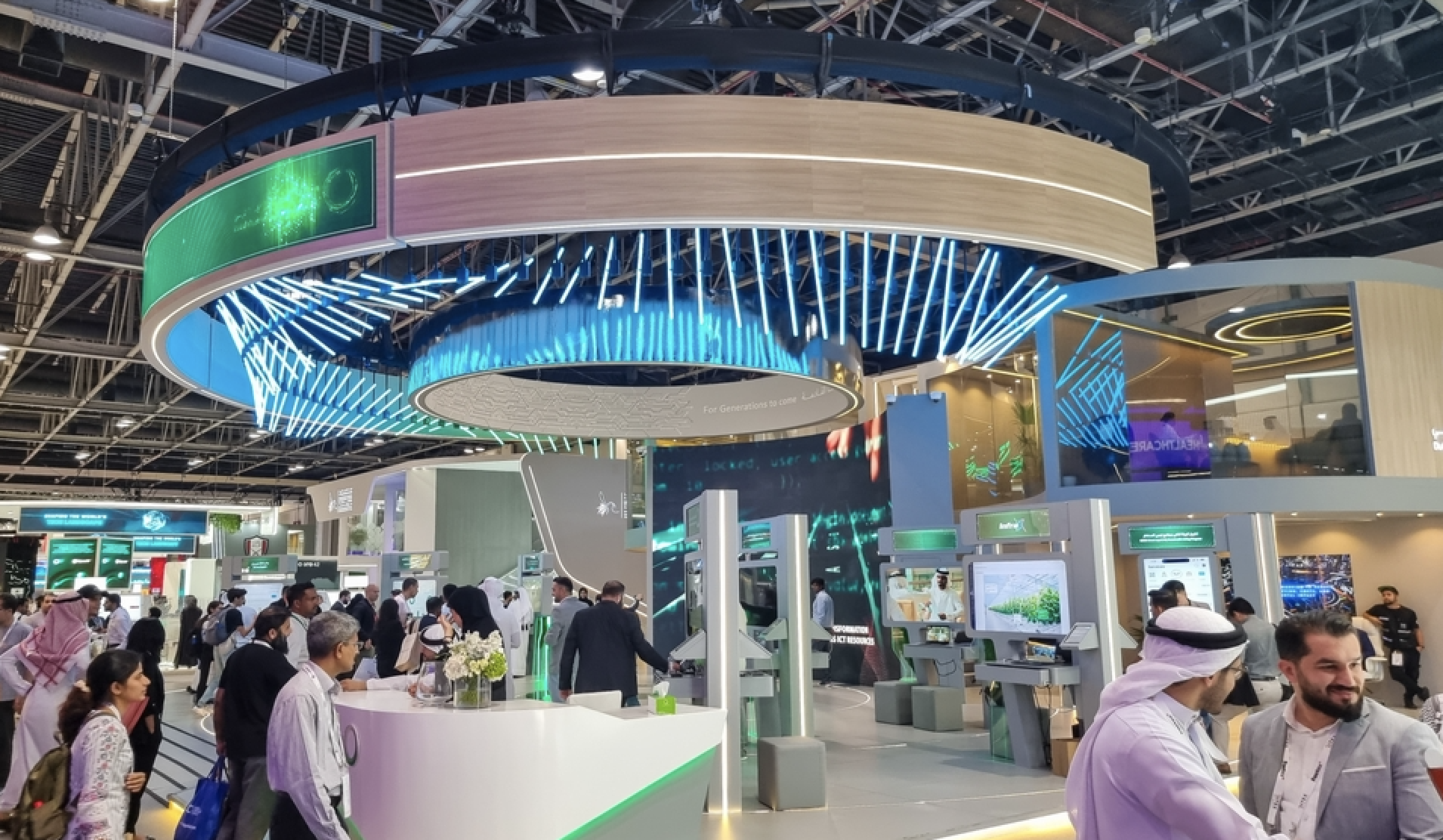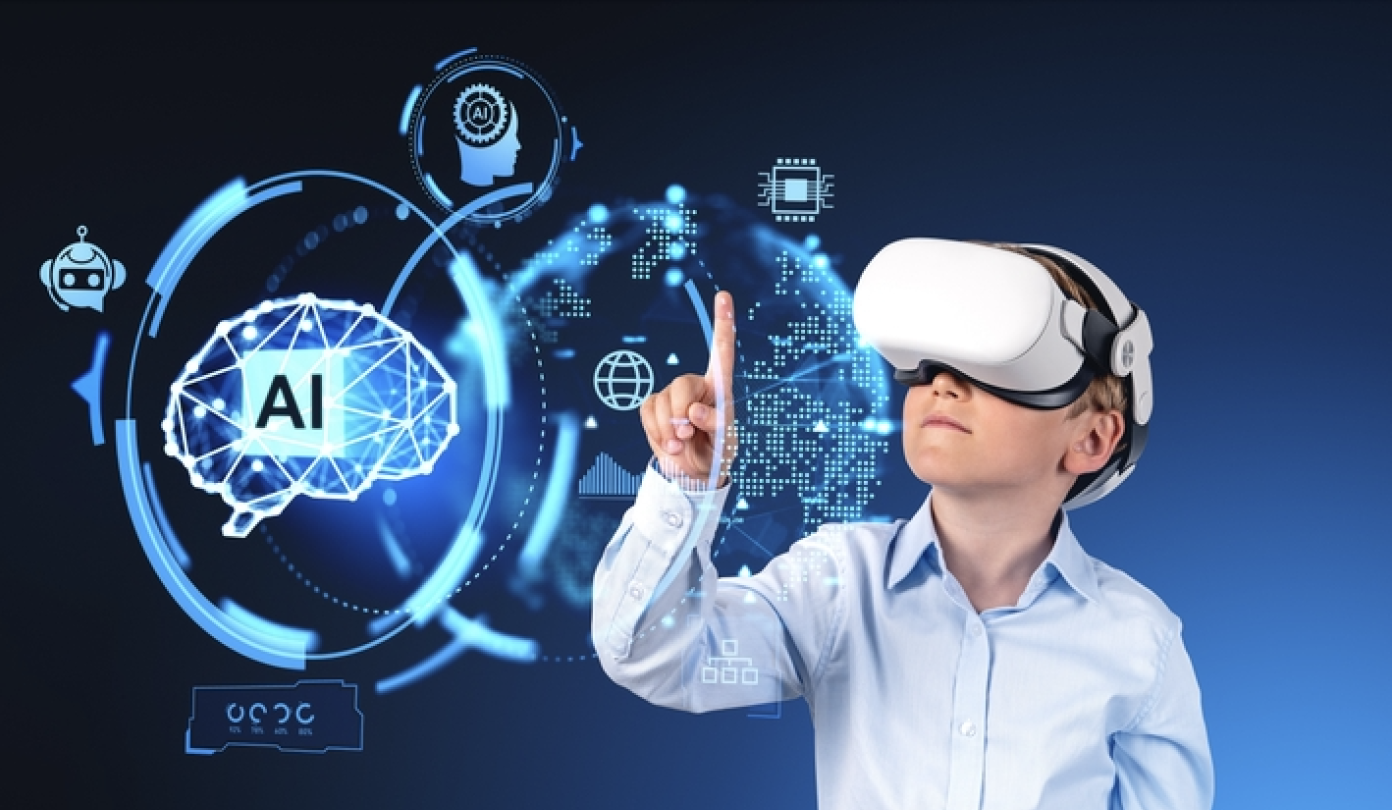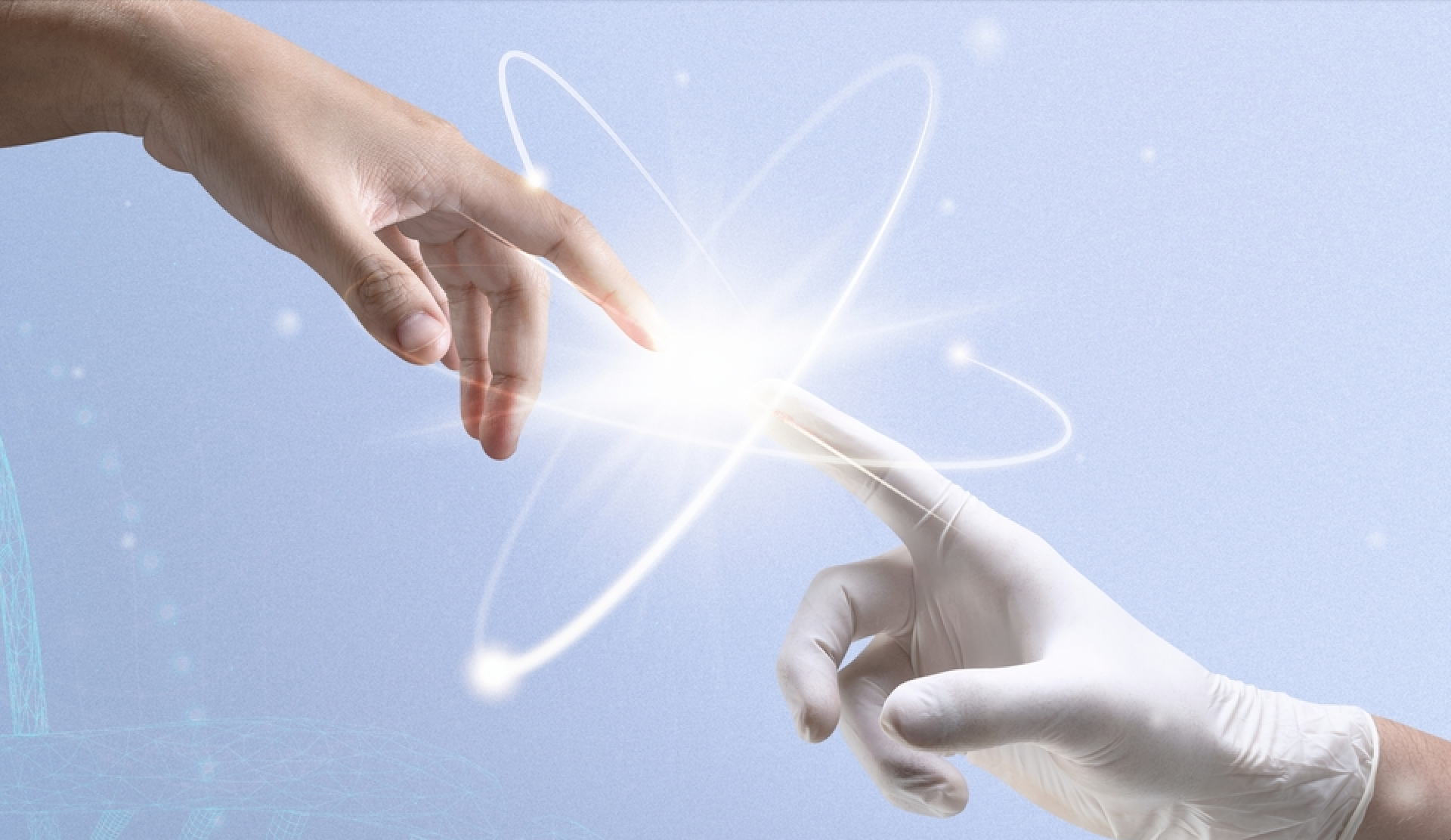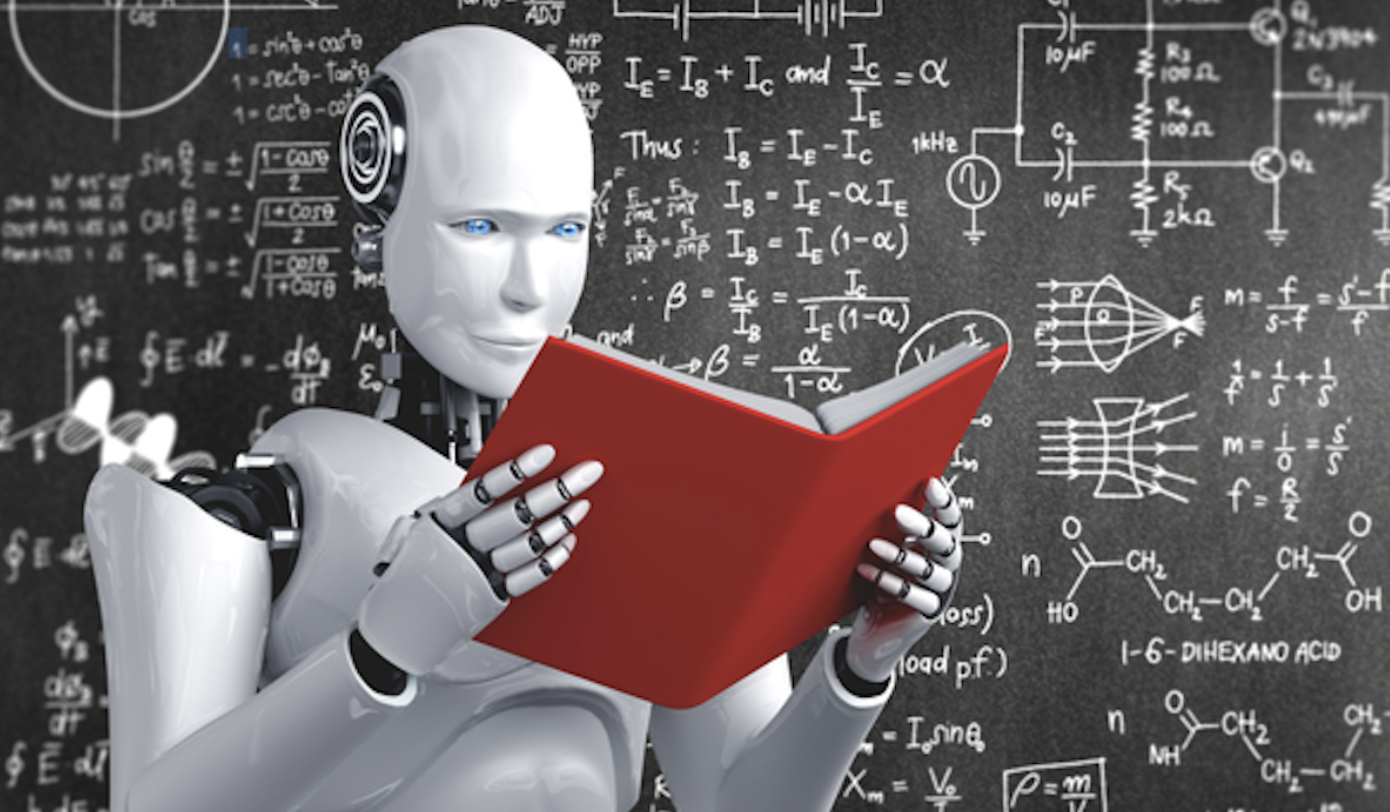

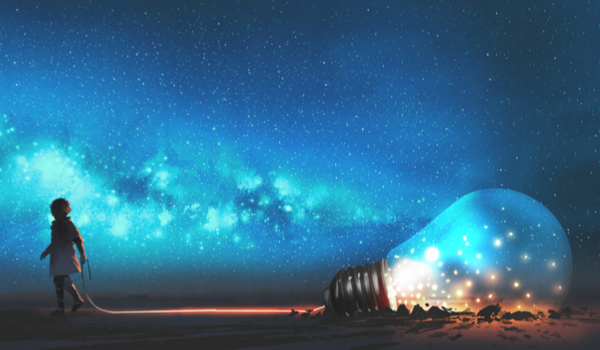
TORONTO - In computer vision, object tracking is seen as a critical problem. Object tracking systems have gained popularity due to faster computers, the availability of low-cost, high-quality video cameras, and demand for automated video analysis. The video analysis procedure consists of detecting an object, tracking its movement from frame to frame, and analyzing its behavior. Issues are selecting suitable object representation, feature selection for tracking, object detection, and object tracking. Tracking algorithms are the primary part of automatic surveillance and video indexing.
The project described herein focuses on developing a motion-to-sketch converter to be used as software for smart wearables that allow for writing from the air and which uses computer vision to trace the colored fingertip in the video frames. Here, color detection and tracking achieve the objective, and a mask is created after the color marker is identified. Erosion and dilation are the next steps in the morphological operations on the show that has been generated. Imperfections in the mask are reduced by erosion, and the eroded primary mask is further restored by dilation.
Introduction
The traditional craft of sketching has nowadays largely been overtaken by digital art, i.e., art expressed and transmitted digitally. This digital manifestation is marked by a reliance on modern science and tech, while traditional art refers to forms created before the advent of digital art. From the recipient to analysis, this divides into visual art, audio art, audio-visual art, and imaginary audio-visual art - examples include literature, painting, sculpture, architecture, music, dance, drama, and other works of art. Digital art and traditional art are interrelated and interdependent.
The main force driving social development is less the will of humanity than the n
The content herein is subject to copyright by The Yuan. All rights reserved. The content of the services is owned or licensed to The Yuan. Such content from The Yuan may be shared and reprinted but must clearly identify The Yuan as its original source. Content from a third-party copyright holder identified in the copyright notice contained in such third party’s content appearing in The Yuan must likewise be clearly labeled as such. Continue with Linkedin
Continue with Linkedin
 Continue with Google
Continue with Google
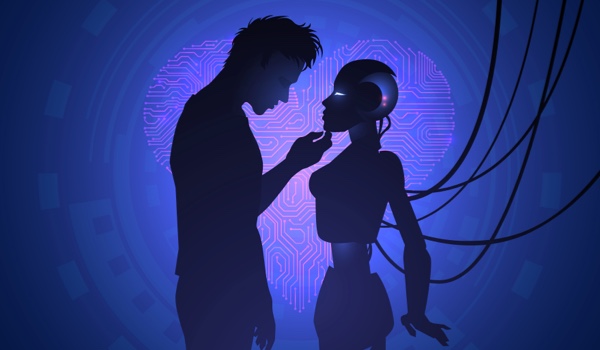

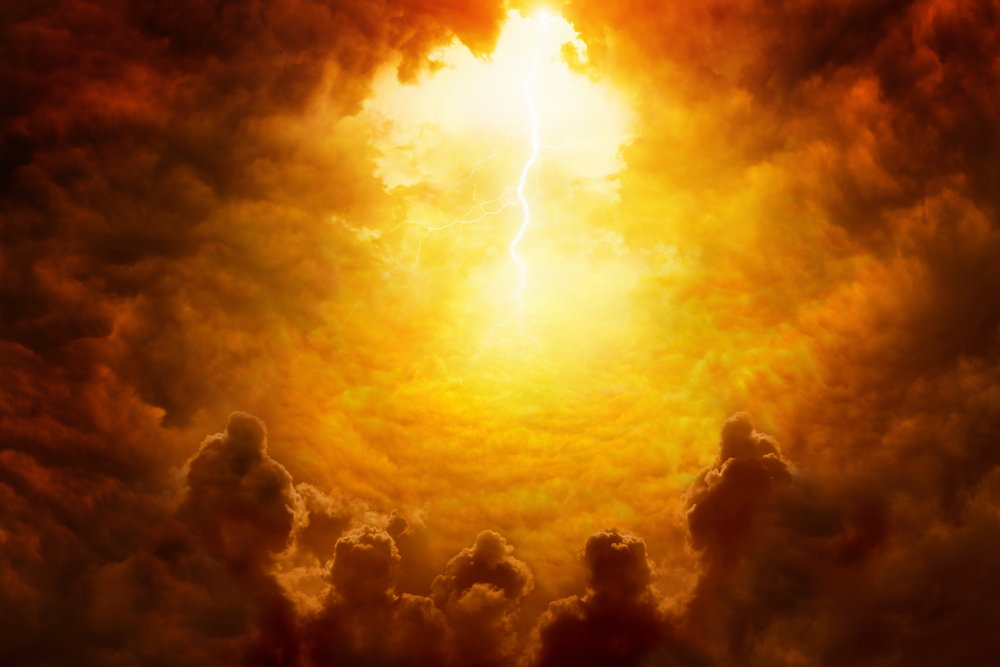
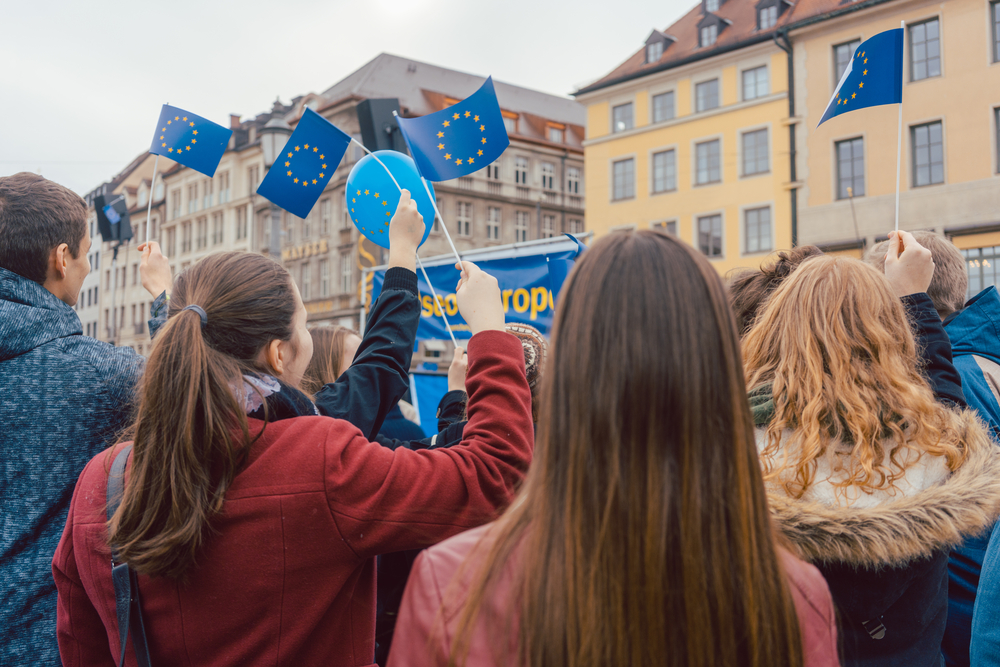







 977 views
977 views
